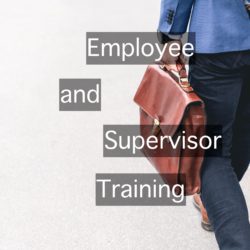 This information is provided for educational purposes only. Reader retains full responsibility for the use of the information contained herein.
This information is provided for educational purposes only. Reader retains full responsibility for the use of the information contained herein.
Workplace drug testing, in one form or another, has been around since the 1970s. Screening in the U.S. armed forces led the way to drug testing as we know it today, though it took a while to get here.
History of Drug Testing
After the Vietnam War, drug testing of military personnel started to take shape. As the science of accurate drug detection evolved and as laboratory testing methods improved and expanded to include more drugs of abuse, drug testing became more common and legally defensible in the U.S. military. A review of the history of drug abuse in the U.S. Navy, in particular, reveals that a serious “workplace” drug abuse problem existed. But it took a tragic workplace incident in 1981 aboard an aircraft carrier to bring worldwide attention to the issue.
Late on the evening of May 26, 1981, a Marine electronics warfare jet slammed onto the wrong part of the flight deck of the USS Nimitz. It then skidded off to the right and erupted in flames near the bow of the huge aircraft carrier. The result: 14 killed, 48 injured, 7 planes destroyed, 11 planes damaged, at an estimated cost of $150 million. Autopsies revealed that six of the sailors killed had marijuana in their systems.[1] A thorough investigation concluded that “drugs” were a contributing factor in the accident.
The U.S. military conducted a series of surveys of its “employees” in 1980, 1982 and 1985 and, to the credit of those who participated, many admitted to being regular illicit drug users though a significant decline in self-reported drug use is evident. In 1980, 27% of survey participants admitted to using an illicit drug within the past 30 days. The percentage dropped to 19% in 1982 and all the way down to 8.9% in 1985. The Marines (37% to 9.9%) and the Navy (33% to 10.3%) showed the largest percentage point decline in use over the five-year period.[2]
Following the incident aboard the USS Nimitz, the Navy developed a 10-point plan to fight drug abuse in the workplace. The plan included supervisory training, employee education, employee assistance through counseling and referral programs, and drug testing, including random testing. This 10-point approach became the blueprint for the comprehensive drug-free workplace program utilized by thousands of private sector employers today and is often required by state drug testing laws.
An Effective Drug Testing Program
Drug testing has proven to be, perhaps, the most effective way to deter drug use by employees and identify people who need help. But without the other components of a comprehensive approach, drug testing is limited. As the Navy discovered, supervisor training and employee education are crucial elements of success.
Consider this: A written drug-free workplace policy that clearly articulates a company’s drug testing objectives is a critical starting point for achieving a drug-free workplace. The policy explains what is expected, who will be subject to drug testing, what events can trigger a drug test, and the consequences for policy violations. But if supervisors are not trained under their duties to enforce the policy and employees do not receive training to understand prohibited conduct and possible consequences for violating the policy, the benefits of drug testing will be severely limited.
Supervisor and Employee Training and Drug-free Workplace Policies
The Navy’s current program continues to include supervisor training:
“Supervisors play a key role in establishing and monitoring a drug-free workplace. A training course has been developed which will assist supervisors and managers in recognizing illegal drug use by Department of the Navy employees and will also inform supervisors of the procedures they should follow for dealing with illegal drug use problems.”[3]
Regarding employee education:
“Activity employees will be offered drug education which may address such topics as the types and effects of drugs; the symptoms of drug use and its effect on performance and conduct; the relationship of the Civilian Employee Assistance Program (CEAP) to drug testing; and relevant information on the availability of treatment and rehabilitation.”[4]
The Navy’s supervisor program will be familiar to employers covered by the drug and alcohol testing regulations of the U.S. Department of Transportation (DOT). Though each agency within DOT may require something slightly different from the others, the basic requirements are universal among the agencies. For example, the Federal Motor Carrier Safety Administration (FMSCA), an agency within DOT, requires the following:
“Unless you are an owner-operator employing yourself as the only driver [382.603, Question 3], [covered employers] must ensure that all supervisors that are designated to supervise CDL drivers undergo a one-time 2-hour training requirement. The training, at minimum, must include at least 60 minutes of alcohol misuse training and 60 minutes of controlled substance use training, which enables supervisors to recognize signs of drug and alcohol use that support 382.307 reasonable suspicion testing.”[5]
The three key take a-ways here are: 1) an hour of training in how to recognize the signs and symptoms of drug abuse, 2) an hour of training in how to recognize the signs and symptoms of alcohol misuse, and 3) supervisor training is in support of reasonable suspicion training. In other words, without training, supervisors cannot be expected to successfully enforce a company’s program.
At the core of any supervisor training program are realistic expectations for supervisors. Most supervisors in typical workplaces should not be expected to become experts in substance abuse, drug counseling, or substance abuse treatment. They should, however, be expected to be effective supervisors, which involves observing employees’ day-to-day behavior and job performance and documenting declines in either area. Such declines could be related to a drug use problem, but you’re not asking your supervisors to make that determination. What you are expecting is for supervisors to follow the company’s policy, which may require a reasonable suspicion, for cause or post-accident drug test and alcohol screen when an employee violates the prohibited conduct section of the policy. As supervisors document performance issues, a drug test may actually be the final step in a process that leads to adverse employment action or participation in some type of employee assistance program.
Conclusion
An effective supervisor training and employee education program should result in improvement in all the essential key indicators of a successful drug-free workplace, including fewer positive drug tests. Today, the Navy reports an overall positivity rate of less than 1% (compared to the national average of 4.4% as reported by one major drug testing lab), which lends credence to the argument that a comprehensive approach is an effective approach in achieving a company’s drug testing objectives. [6], [7]
© 2010-2020 The Current Consulting Group, LLC – No portion of this article may be reproduced, retransmitted, posted on a website, or used in any manner without the written consent of the Current Consulting Group, LLC. When permission is granted to reproduce this article in any way, full attribution to the author and copyright holder are required.
____________________________________________________________________________
[1] “Jet Crashes on Carrier Nimitz, Kills 14.” Washington Post. May 28, 1981. https://www.washingtonpost.com/archive/politics/1981/05/28/jet-crashes-on-carrier-nimitz-kills-14/7092b4dc-2057-4e28-832e-6800c3e11ceb/
[2] Bray, R M et al. “Standardized comparisons of the use of alcohol, drugs, and cigarettes among military personnel and civilians.” American journal of public health vol. 81,7 (1991): 865-9. doi:10.2105/ajph.81.7.865
[3] Naval Postgraduate School. Human Resources Office/Employee Relations/Drug Free Workplace Program. https://my.nps.edu/web/hro/drug-free-workplace-program
[4] Id.
[5] FMCSA/Supervisor Training. https://cms8.fmcsa.dot.gov/regulations/drug-alcohol-testing/supervisor-training
[6] NDSL San Diego FAQs. https://www.med.navy.mil/sites/sandiegodruglab/Pages/faq.aspx
[7] Press Release. Quest Diagnostics. April 11, 2019. https://www.questdiagnostics.com/dms/Documents/Employer-Solutions/DTI-2019/quest-diagnostics-drug-testing-index-2019-press-release/quest-drug-testing-index-press-release-2019.pdf


